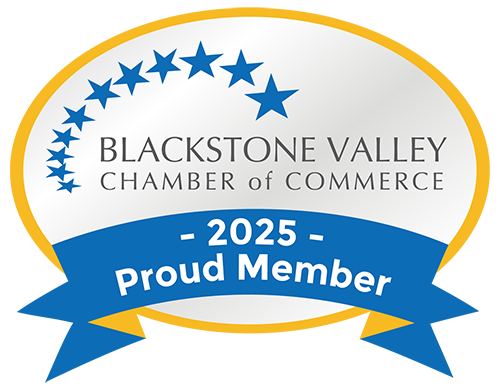JS Business Solutions Blog
You Don’t Need Always Need to Be Looking to the Future
Some people say it’s never okay to be satisfied with your business. You should always search for improvement to make your business more valuable to your customers and society. But when is enough, enough? When can you settle in and grind it out without a constant eye toward the future? Today, we thought we’d talk about the fear of complacency and how it can both help and hinder your intentions.
Before we start, we want to say that most places you look for this topic will include “complacency” listed as an honorary four-letter word for business owners. There are dozens of resources online describing complacency as simultaneously “cancer” and “the worst thing that can happen to your business.” This opinion makes sense. In any walk of life, if you have goals and you keep pushing those goals away, they will definitely seem like they are much harder to accomplish when you cycle back around to make them a priority.
What About Complacency?
When we discuss complacency, we’re simply describing a culture of routine, nothing more. A complacent business can produce massive profits, but the company's lifespan tends to be shorter than in situations where businesses are actively searching for ways to improve their business.
What’s the Difference Between Individual Complacency and Organizational Complacency?
Individual complacency can be excused much of the time. If a single person is asked to repeatedly do tasks that they are proficient at for long periods, they will get bored with these tasks and make careless mistakes. For an organization, however, this can get more complicated. If there is a general lack of enthusiasm that is pervasive throughout the business, it can really stymie productivity and overall worker engagement. The resulting complacent approach can ultimately lead to employee turnover and other detrimental business problems.
How Can You Avoid Complacency?
Fortunately, when an organization is confronted with complacency, there are things that can be done. Let’s take a look at three:
Encourage a Culture of Continuous Improvement
The best way to waive complacency is to create a strategy of continuous employee learning and improvement. Encourage every single one of them to seek out new knowledge, skills, and technologies, and be there to support their career development.
Set Challenging Goals and Targets
You should establish ambitious and challenging goals requiring employee thought and effort. This helps keep your staff motivated and engaged. Another way to do this is to break down long-term objectives into smaller, achievable milestones to maintain a sense of progress and momentum. Finally, when things go right, you need to make sure they know. You will want to celebrate successes and milestones. Conversely, you will want to use setbacks and mistakes as learning opportunities to drive continuous improvement.
Promote a Dynamic and Adaptive Leadership Style
Leaders lead. By creating a leadership strategy that is adaptable to change and open to new ideas, you’ll find that your staff will do more than they are asked and will come up with innovative ways to solve your business’ problems. The best way to accomplish this is to open lines of communication between your staff and your leadership team. It is the best way to cut out the rot that is complacency.
Your business is important to you, so doing what needs to be done to support a productive and efficient work environment is one key to success. At JS Business Solutions, we can help you find and manage the tools necessary to make this quest a reality. Give us a call today at (781) 715-1900.




Comments